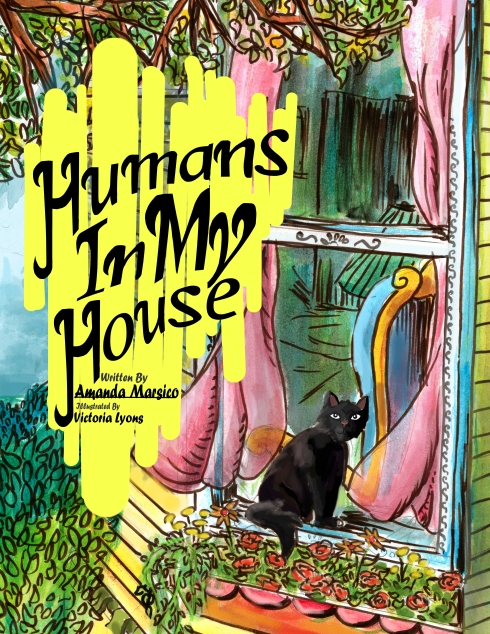I’ve gotten some amazing, useful feedback from the test readers who’ve returned their comments so far. I can’t wait to get the rest and to start rewriting Acephalous Book 1 (which very well could become a longer, single book that’s not part of a series).
Some items I plan on changing include:
-POV shift from 3rd person limited to 3rd person omniscient. Though I value the challenge the former POV presents to an author–successfully presenting all of the characters in a rich and emotionally arresting way without getting into the inner thoughts of most of them–I feel like I’m missing out on opportunities to better link my readers to the characters’ emotions, fears, and motivations, to add history and detail to a scene without narrating or telling.
-Structure/Order of Events. I’m looking to get to the action sooner than the current version does, and to reel people in with the mystery and intrigue of Breena’s situation by making the dreams she experiences carry more weight.
-Character Behaviors. The characters are still hollow at this point, as is usually the case in any initial shell of a story. They aren’t fully independent, separate, complete people in the world of dreams or reality. They each have the beginnings of uniqueness, but undermine their own existences by contradicting their thoughts with their actions, cultivating dislike through unrealistic dialogue, or failing to display their importance to the story. The goal is for each character to sound like a real person, their own person, rather than sound like different variations of me as the author.
To accomplish all of this (and, doubtless, the many more decisions I’ll make as more feedback comes in), I plan on performing a total re-write of the test-read version. I’m going to work page-by-page to recreate each with fresh words. The plot will stay essentially the same, as will the basis of the current characters, but by rewriting in one stretch of time, I will have a more homogeneous text. As it is, I can still tell which sections I wrote as a high school student and which sections come from master’s degree me. It doesn’t mesh.
I’ve worked for a long time to get the story to a coherent shell to share with others for input. It’s a tricky stage where it’s complete enough to call a story, but too rough to call publishable. This version is a husk of what it could be, and it’s always hard to let people read something that I know is not finished. I always pray those reading realize it’s still just a draft, that I wasn’t passing it around as a sneak peek of the completed story. (Read: Yes, you’ll still need to buy the real one to find out what happens even if you test-read it.) The text that will go on sale by the end of next year won’t much resemble the one they read, and I’m thankful. Even Ernest Hemingway said, “The first draft of anything is shit.” For me, while I’m much more proud of the story than what I put in the toilet, and while I wouldn’t store the book alongside your manure fertilizer, it is a first draft of sorts. It took 12 years and who knows how many full overhauls to get to the state where I handed it out for critique, but, in terms of publication readiness, the 2015-2016 version of Acephalous is the first draft. It’s the first draft I’ve had printed and bound; it’s the first draft I’ve let people see; it’s the first draft to be acceptable enough to consider moving forward.
Rewriting is the stage where many aspiring writers quit. We get through the feat of finishing something as huge as a novel and realize that, even though there’s a finished story with a beginning, middle, and end, it’s not acceptable in its current state. It would be easy to stare at the piles of commentary and say, “There’s still so much left to do…” and never say anything else about the project. It can feel overwhelming to think about how many little (and major) things need to change, but authors press on because the satisfaction of creating a viable beginning, middle, and end isn’t enough once people have read it. Viable doesn’t mean finished once someone points out what’s lacking. Personally, I’m thrilled to rewrite and leave the opinions of Mr. Hemingway in the dust.
Tags: Amanda Marsico, creative writing, fiction, Red Ink Enthusiast, Self-Editing, writing










